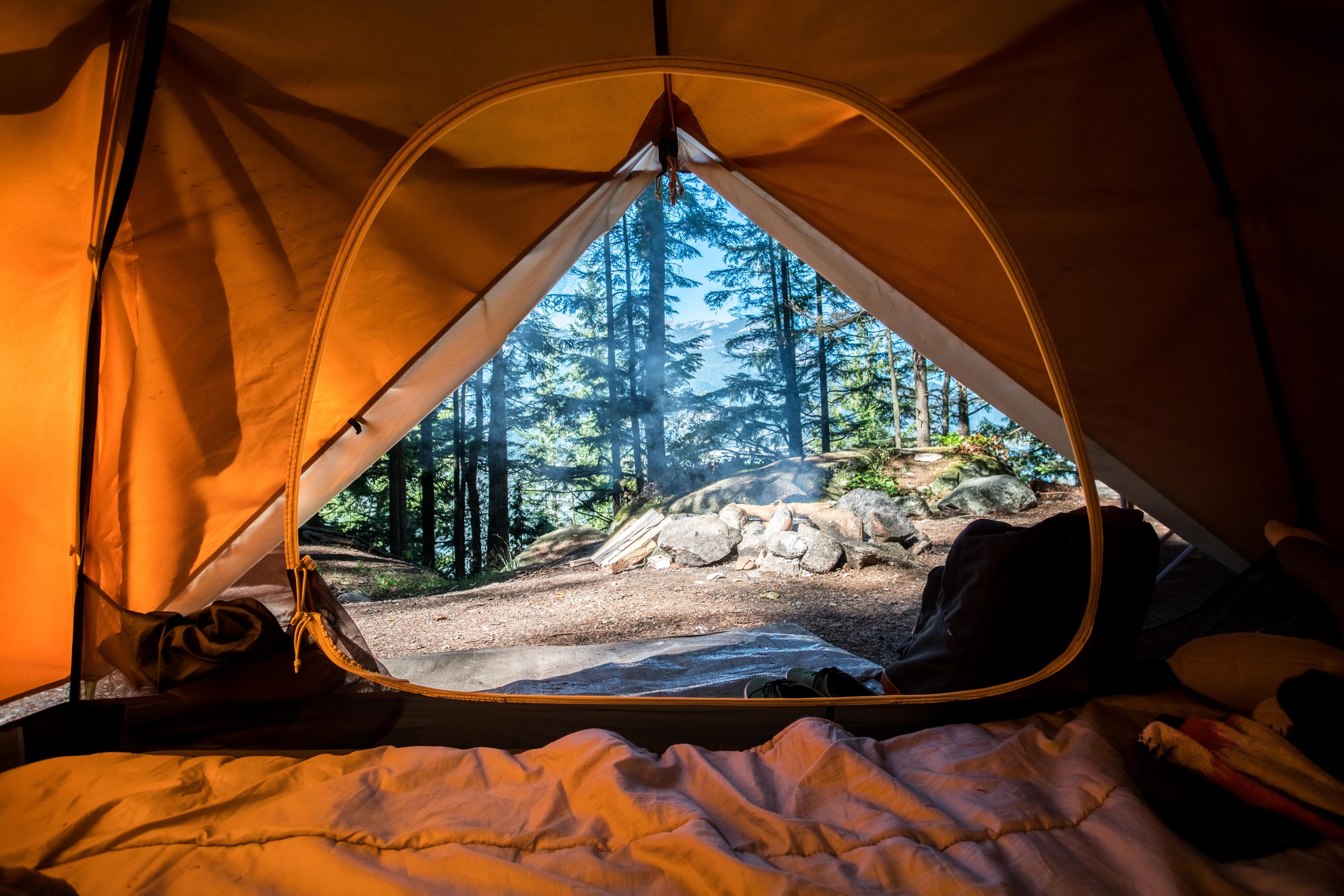How Do Mason Bees Pollinate and How To Attract Them To Your Garden
Mason bees are truly wonderful, gentle bees. Like carpenter bees, they are solitary bees, meaning they do not live in hives or colonies. Instead, a single female will build a nest in a pre-existing crevasse or a hollow stick. True to its name, the mason bee uses mud and other natural materials to construct its nest. The male mason bees die shortly after mating. The female mason bee will go on to lay her eggs in several different nests over the season.1

Mason bees are even better pollinators than honey bees for several reasons. First, mason bees carry the pollen on their dry underbellies. This allows the pollen to drop off as the bees fly back and forth to various plants and their nest. Honey bees, on the other hand, wet down the pollen on their bodies as they carry it back to the hive. This makes it harder to fall off. Also, mason bees are known to fly to a variety of locations, resulting in good cross-pollination among plants. Honey bees tend to stick to one area only.
Mason bees are very gentle and are hard to provoke to sting. If you do get stung, their stingers are not barbed so the pain is minimal. They are also easy to attract to your garden with mason bee homes. They look for empty tunnels to build their nests, and our Mason Bee Home collection provides the exact spaces they look for. Setting a mason bee home up in your yard is a great way to encourage mason bees and help both them and your garden flourish. To provide a truly satisfactory home for mason bees, ensure your garden or backyard includes a variety of native plants that bloom throughout the season.
References:
- Mason Bees: One of Nature's Gentlest Spring Pollinators. (n.d.). Retrieved July 9, 2019, from https://thehoneybeeconservancy.org/why-bees/mason-bees/









Leave a comment
All comments are moderated before being published.
This site is protected by hCaptcha and the hCaptcha Privacy Policy and Terms of Service apply.